English Ivy, scientifically known as Hedera helix, is a timeless and versatile plant beloved by gardeners and homeowners alike. With its lush, evergreen foliage and ability to thrive in a variety of conditions, English Ivy can enhance both indoor and outdoor spaces. Whether used as ground cover, a climbing vine, or a decorative houseplant, English Ivy brings a touch of classic elegance and natural beauty to any environment.
Origins and Characteristics
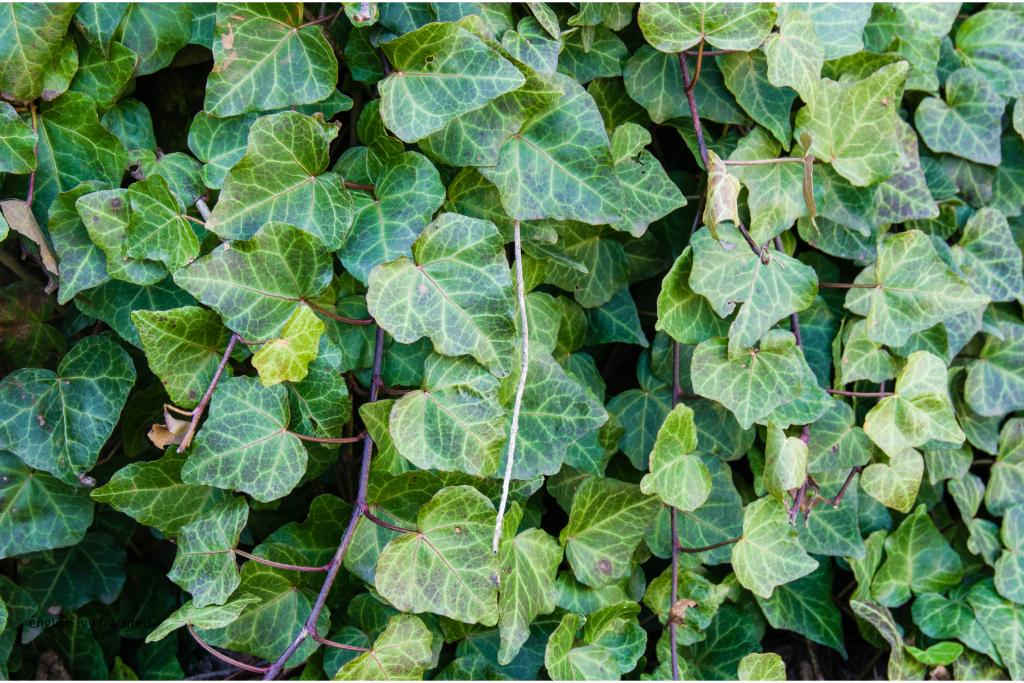
Native to Europe and Western Asia, English Ivy has been widely cultivated around the world. It is known for its distinctive, lobed leaves, which can vary in shape and color depending on the variety. The plant is highly adaptable and can grow in a range of climates and conditions, making it a popular choice for many different gardening applications.
Varieties of English Ivy
There are numerous varieties of English Ivy, each offering unique characteristics. Some popular ones include:
‘Glacier’: Features silver-gray leaves with white margins.
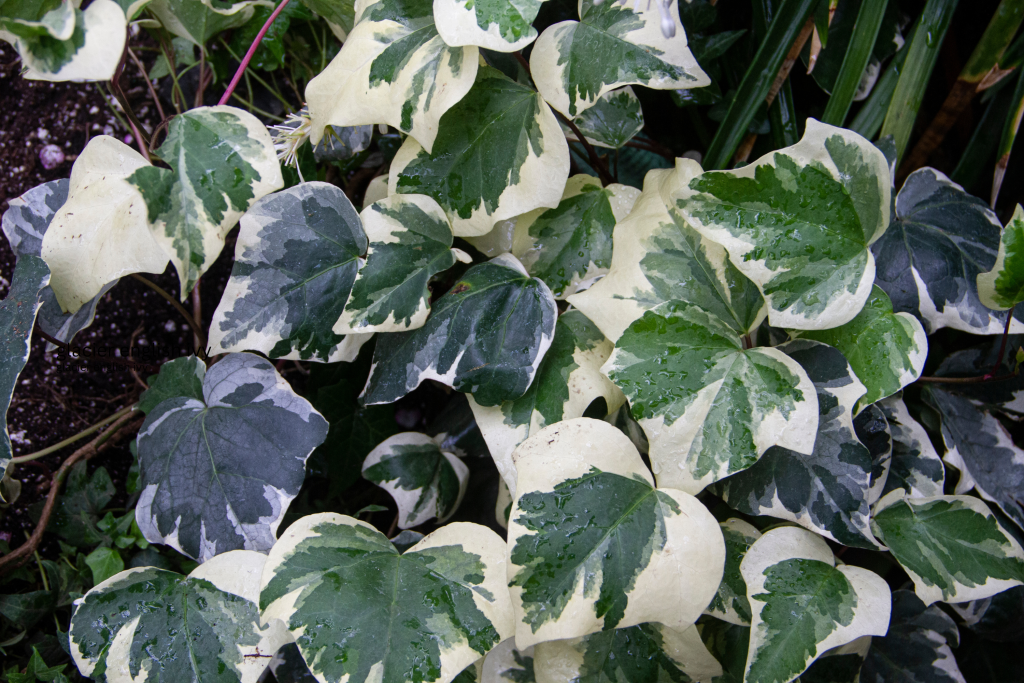
‘Goldchild’: Boasts green leaves with yellow edges.
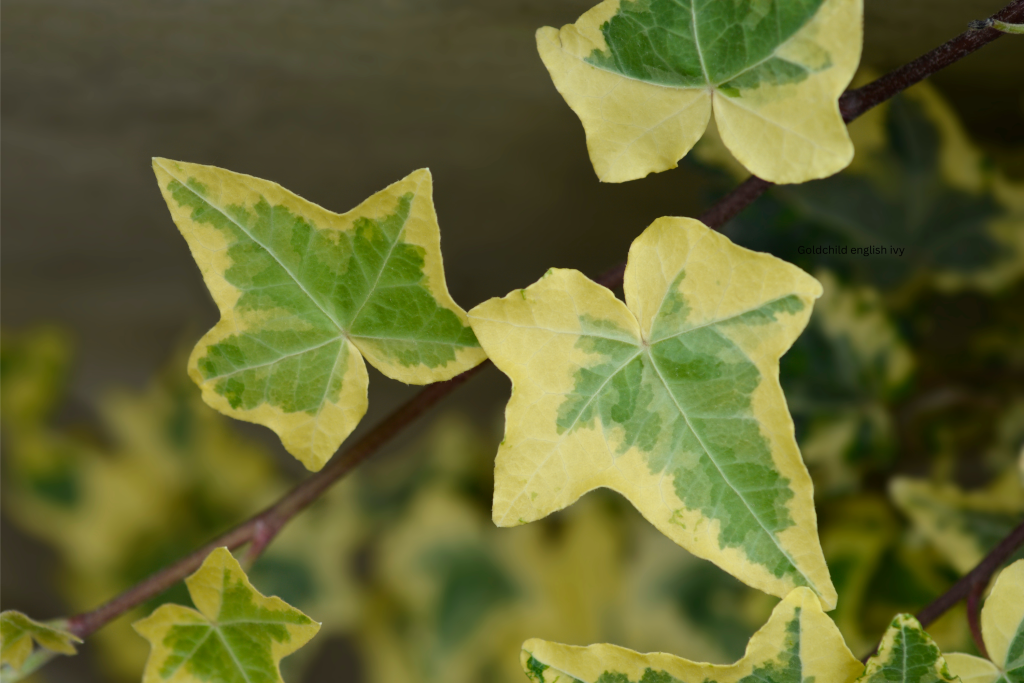
‘Baltica’: Known for its cold hardiness and dark green leaves.
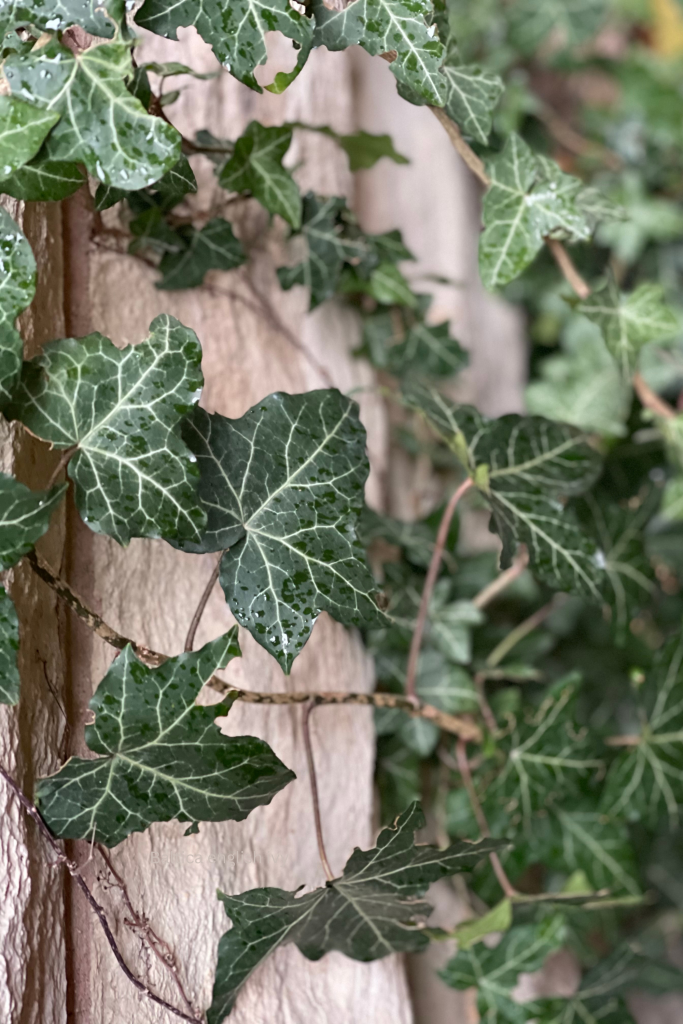
‘Shamrock’: Has smaller, deep green leaves with a dense growth habit.
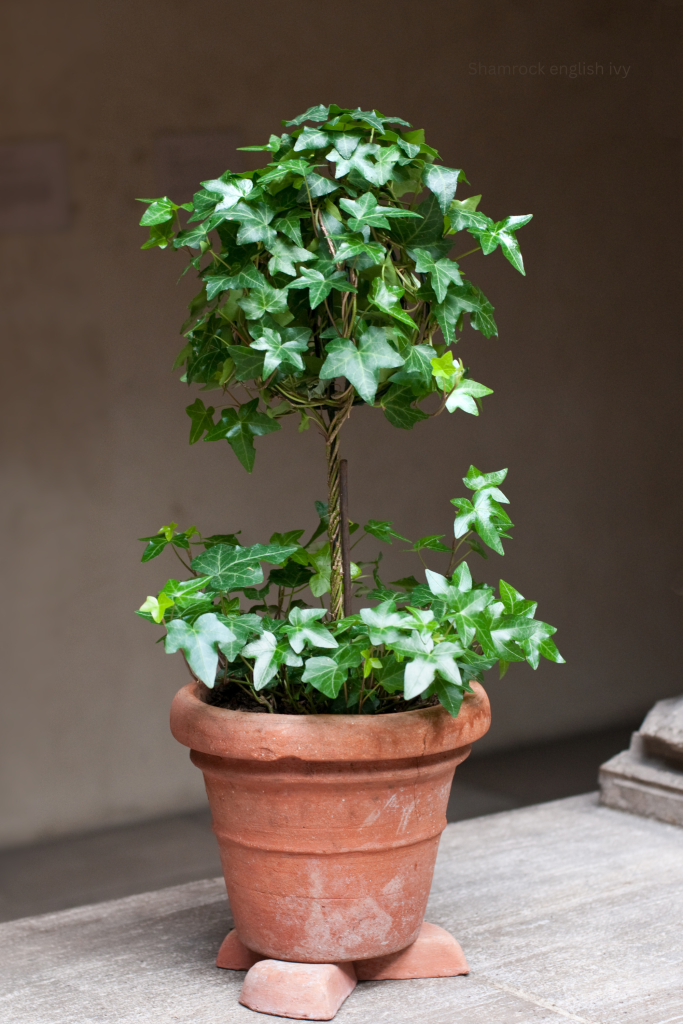
Growing Conditions
To successfully grow and care for English Ivy, it’s important to understand its preferred conditions. Here’s a comprehensive guide:
Light
English Ivy is highly adaptable to various light conditions. It can thrive in full sun to full shade, but it generally prefers bright, indirect light. When grown indoors, place your ivy near a window with filtered light. Outdoor plants can tolerate more shade, making them ideal for ground cover in shaded gardens.
Watering
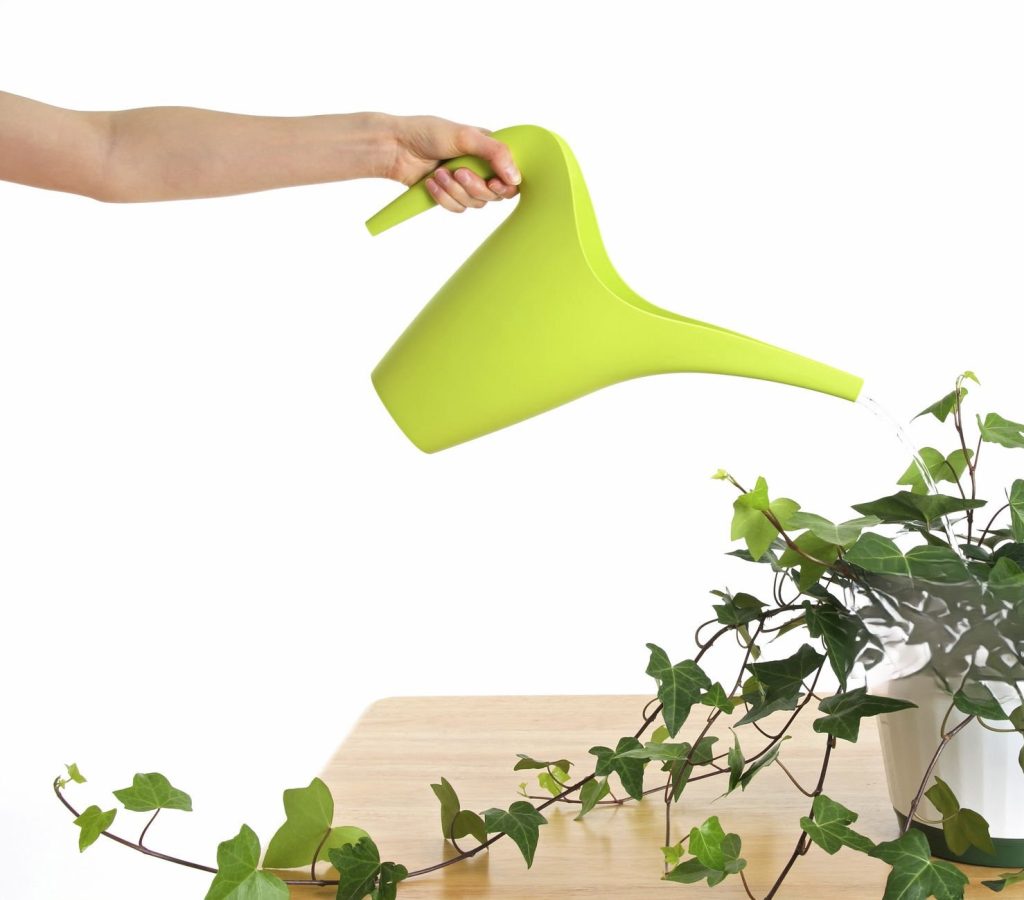
English Ivy prefers consistently moist soil but can tolerate short periods of drought once established. Water your ivy when the top inch of soil feels dry. Be careful not to overwater, as this can lead to root rot. Ensure proper drainage for both indoor and outdoor plants.
Soil
English Ivy is not particularly fussy about soil types but thrives best in well-draining, fertile soil. A standard potting mix works well for indoor plants. For outdoor planting, enrich the soil with compost to promote healthy growth.
Temperature and Humidity
English Ivy prefers cooler temperatures, ideally between 50°F to 70°F (10°C to 21°C). It can tolerate occasional temperature drops but should be protected from extreme cold. Average household humidity levels are sufficient, but the plant benefits from occasional misting in dry indoor environments.
Fertilization
Feed your English Ivy with a balanced, water-soluble fertilizer every 4-6 weeks during the growing season (spring and summer). Reduce feeding during the fall and winter months when the plant’s growth slows down.
Pruning and Maintenance
Pruning
Regular pruning helps maintain the shape and size of your English Ivy. Trim back any overgrown or leggy stems to encourage bushier growth. For outdoor plants, pruning also helps control the spread and prevent the ivy from becoming invasive.
Cleaning
Dust can accumulate on the leaves of indoor ivy plants, hindering photosynthesis. Gently wipe the leaves with a damp cloth or give the plant a light shower to keep it clean and healthy.
Propagation
English Ivy is easy to propagate from stem cuttings. Here’s how:
- Take Cuttings: Cut a healthy stem segment about 4-6 inches long, ensuring it has several leaves.
- Remove Lower Leaves: Strip the leaves from the bottom half of the cutting.
- Root in Water or Soil: Place the cutting in a glass of water or plant it directly into a pot with well-draining soil.
- Wait for Roots: If rooting in water, wait until roots develop before transferring to soil. If rooting in soil, keep the soil moist and wait for new growth to appear.
Common Problems and Solutions
Pest Issues
English Ivy can be susceptible to pests such as spider mites, aphids, and scale. Regularly inspect your plant and treat any infestations promptly with insecticidal soap or neem oil.
Leaf Spot and Root Rot
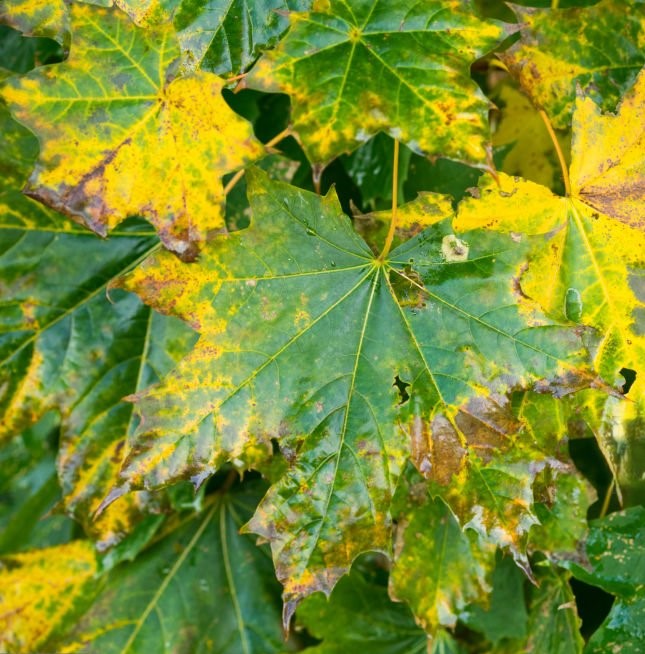
Overwatering or poor drainage can lead to fungal issues like leaf spot and root rot. Ensure your plant has good drainage and avoid letting it sit in waterlogged soil.
Yellowing Leaves
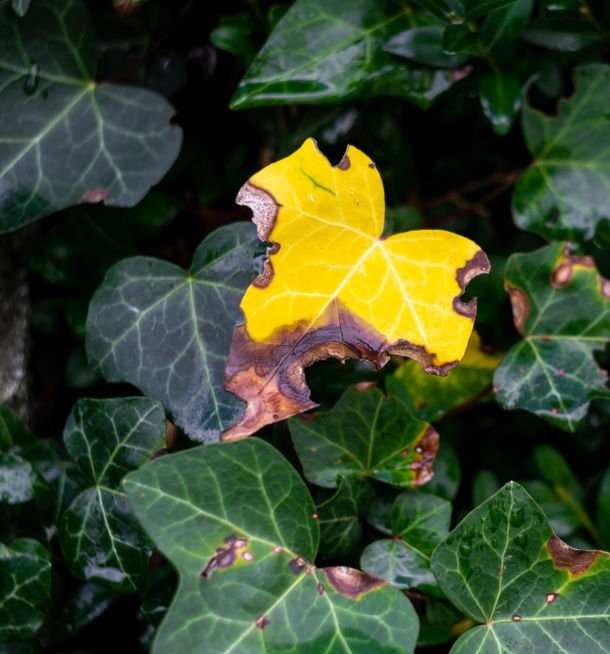
Yellowing leaves can be a sign of overwatering, underwatering, or nutrient deficiency. Adjust your watering schedule and check the soil for proper moisture levels. Fertilize regularly during the growing season.
Toxicity Warning
English Ivy contains compounds that can be toxic if ingested and may cause skin irritation. Keep it out of reach of children and pets, and wear gloves when handling the plant to avoid contact with its sap.
Conclusion
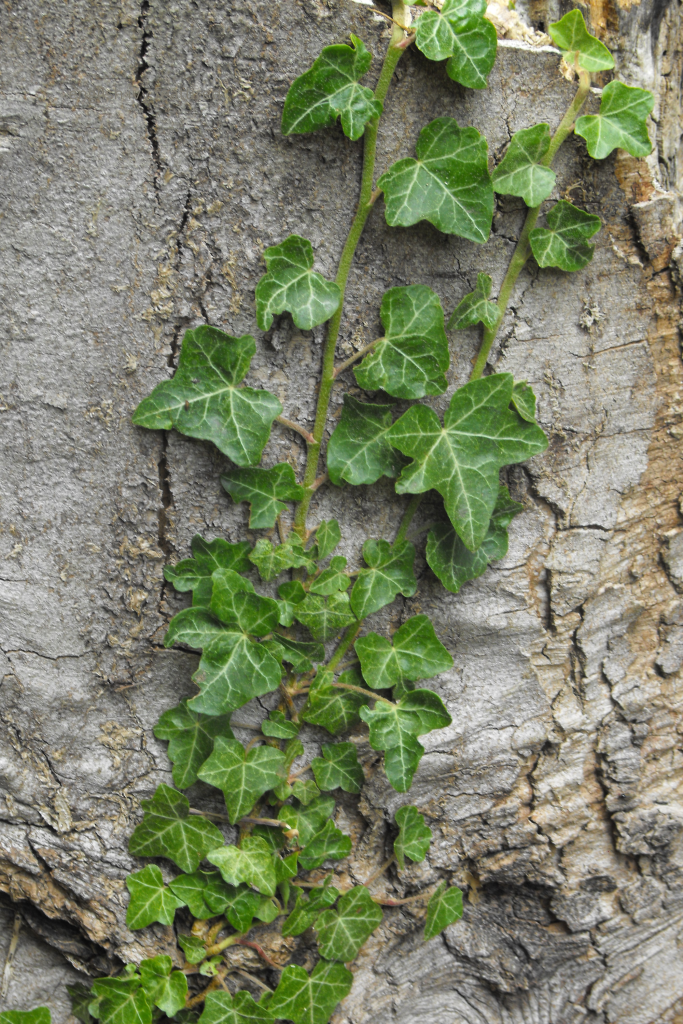
English Ivy is a versatile and resilient plant that can add beauty and greenery to both indoor and outdoor spaces. With its lush foliage and adaptable nature, it’s an excellent choice for ground cover, climbing structures, or as an elegant houseplant. By providing the right care and conditions, you can enjoy the classic charm and enduring appeal of English Ivy in your home or garden for many years to come.



